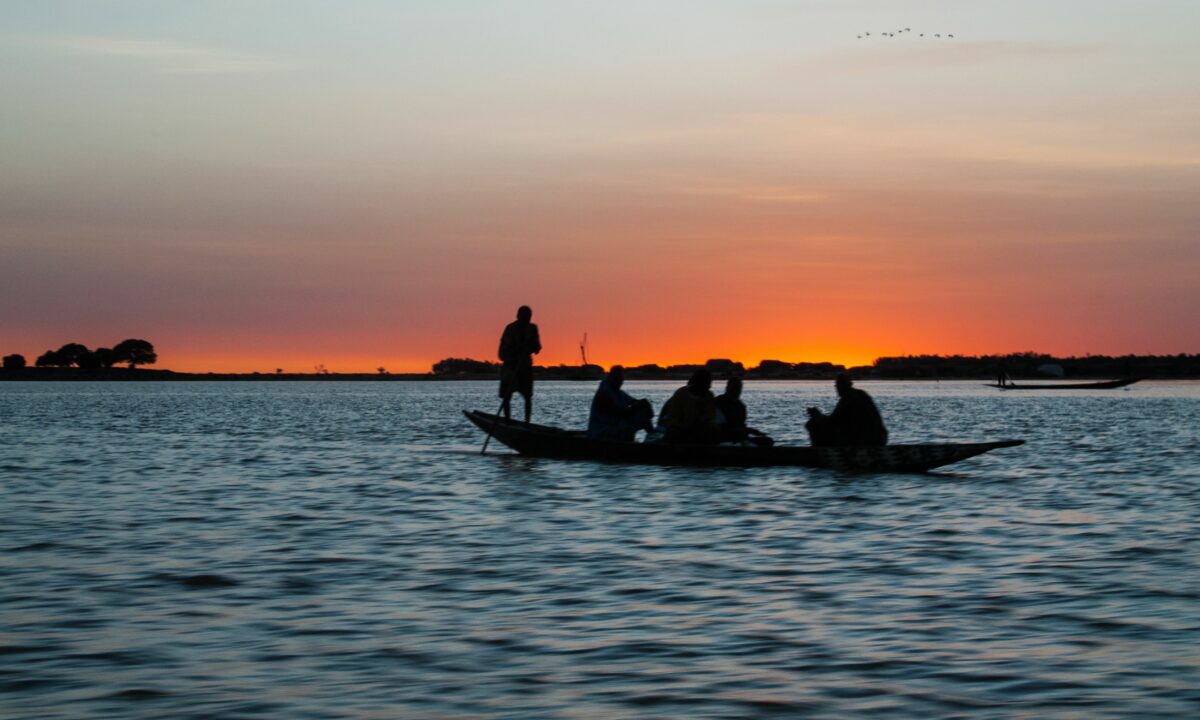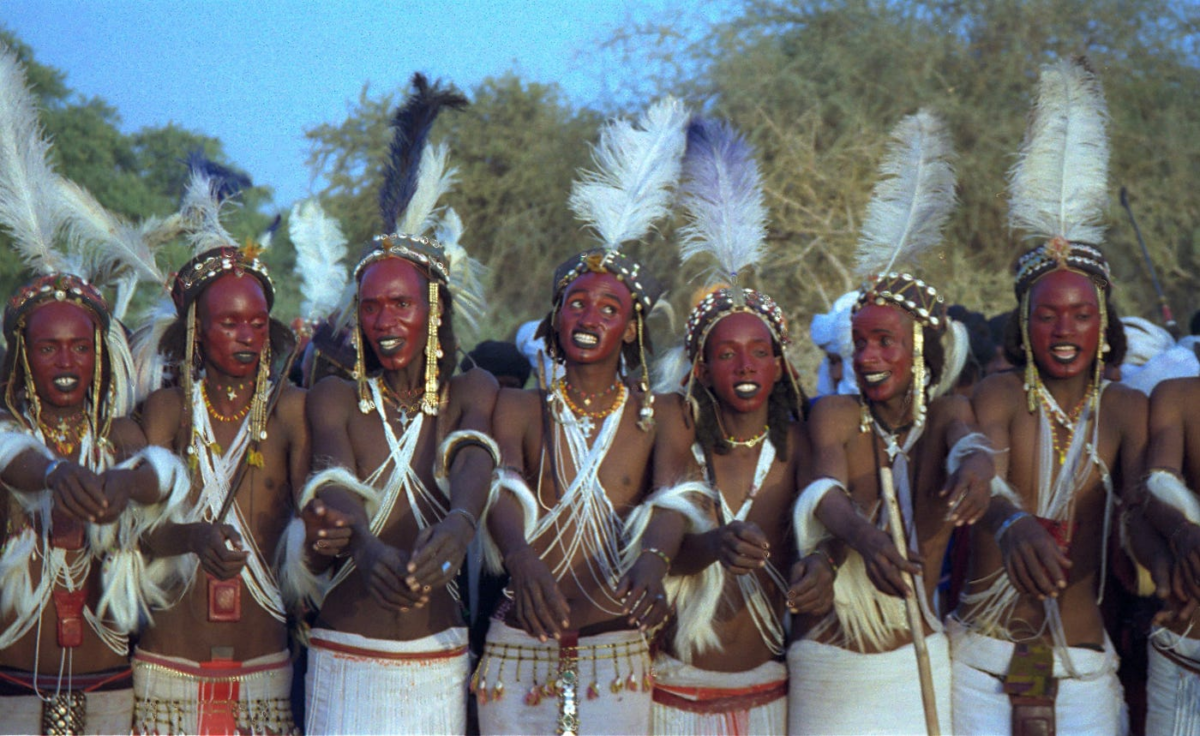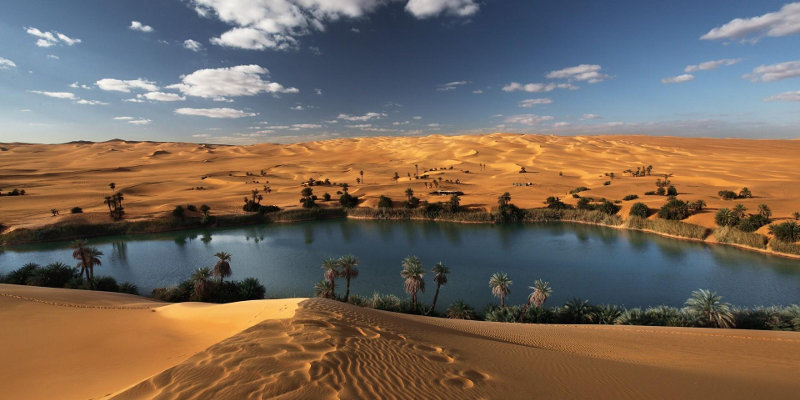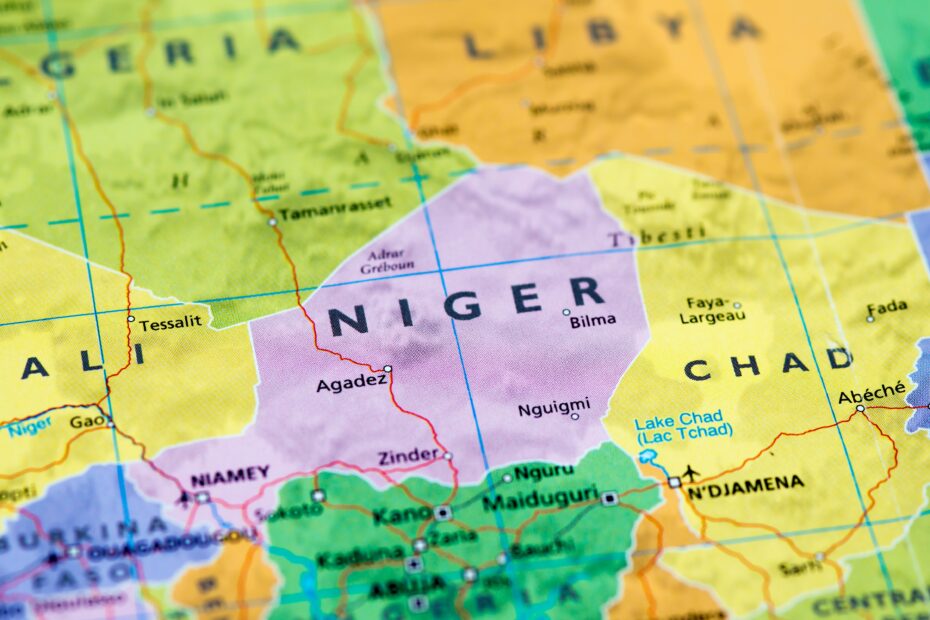Nestled in the heart of West Africa, Niger is a land that has remained largely off the beaten path for many travelers. This vast nation celebrates rich cultural roots, breathtaking landscapes, and a history that spans several millennia. In this country profile, we will explore the many facets that make Niger a unique and exquisite nation.
Geography and Climate
Niger is a landlocked country bordering seven nations: Nigeria, Benin, Burkina Faso, Mali, Algeria, Libya, and Chad. The sheer size of the country, which ranks as the largest in West Africa, is predominantly composed of desert terrains, including the Sahara Desert and the Sahel. This semi-arid region is a buffer between the desert and more fertile lands.

The Niger River, from which the country derives its name, constitutes one of the most crucial natural features, offering a vital source of water, transportation, and sustenance for the nation’s population. The river basin is home to lush vegetation and diverse wildlife, starkly contrasting the encroaching deserts. Read Also: List of top 7 largest countries in Africa
The climate in Niger is predominantly hot and dry, with extreme variations between the seasons. The country experiences three distinct climate patterns: a wet season from June to September, marked by the nurturing rains necessary for farming; a cool, dry season from October to February, characterized by the harmattan winds that blow in dusty air from the Sahara; and a hot, dry season from March to May, where temperatures can soar uncomfortably high, often peaking over 40°C (104°F).

History of Niger
The history of Niger is marked by early civilization settlements and empires that laid the foundations of its rich cultural heritage. The area now known as Niger was once home to some of Africa’s earliest civilizations, including the Djerma-Songhai, the empire that dominated the western Sahel in the 15th and 16th centuries. Before this, around 10,000 years ago, the region was much wetter than today, evidenced by the numerous archaeological sites that reveal paintings and carvings of wildlife in areas that are now arid.
During the 19th century, European exploration and colonization led to Niger becoming a part of French West Africa. The French period, lasting until 1960, left indelible marks on the administrative, judicial, and educational systems, many of which persist today. Niger gained independence from France on August 3, 1960, a date which remains a pivotal moment of national pride.
Since independence, Niger has navigated a path through periods of civil strife, political instability, and military rule. However, the country has shown resilience and a commitment to democratic principles, most notably with a peaceful power transfer following elections in the 21st century. The rich history of Niger remains a testament to the strength and perseverance of its people, and an integral part of its national identity.

Culture and Traditions
Niger’s culture is a vibrant blend of indigenous practices and influences absorbed through centuries of trade and interaction with neighboring regions. Traditional architecture, handcrafts, dances, and music are at the heart of this vibrant culture, each a conduit through which the nation’s soul expresses itself. The country’s genesis from four distinct cultural areas has given rise to a society characterized by diversity yet united in identity.
Islam, having gained a foothold since the 10th century, influences the Nigerien ethos profoundly; its teachings and practices resonate through the daily lives of nearly the entire population, forming a powerful communal bond. This deep-rooted spirituality further manifests in cultural practices; the artistry of talc stone sculptures, the rich earthiness of red clay pottery, the intricate carvings of wooden artifacts, and the melodious tunes from traditional instruments collectively narrate a story of Niger’s multifaceted culture.
The shared sense of tradition adapts amid modern influences, resulting in a dynamic popular culture that balances inheritance with innovation. The desert’s stark beauty contrasts with lush valleys to create a backdrop for a country of contrasts. Amid these settings, the Nigerien people—rich in pride and culture—harmonize their differences to utilize their sparse natural resources sustainably. Read Also: Debunking Common Stereotypes and Misconceptions About Africa
Culinary diversity, rich literature, and captivating performance arts are vibrant strands in the fabric of the Nigerien way of life. Across its broad expanse, artisans create vivid masks, meticulously weave baskets, chisel wood into meaningful forms, paint stones with ancestral stories, and craft textiles of striking patterns for utility and ornamentation.

Music and Festivals in Niger
Music adds flair to the Nigerien culture, with traditional instruments like the kora and the ngoni creating the backdrop for communal gatherings and ceremonial events. Griots, or traditional storytellers, bring ancient folklore to life, passing down tales of valor and wisdom from one generation to the next, ensuring the continuity of a shared cultural narrative.
Additionally, festivals and events punctuate the Nigerien calendar with joyous, colorful expressions of religious and cultural diversity. Islamic observances such as Ramadan and Eid al-Fitr hold deep significance, with community members coming together in unity and contemplation. Prayer, feasting, and charitable acts mark these times, reflecting the spiritual devotion that weaves through the fabric of Nigerien society.
Beyond the religious traditions, the country also pulses to the rhythm of traditional indigenous festivals like the Cure Salée or Festival of Nomads, celebrating the nomadic heritage that sweeps across the Sahelian landscape. This event stands as a vibrant testament to the resilience and adaptability of nomadic cultures, with music, dance, and camel races painting a lively picture against the stark backdrop of the desert.
Another highlight is the Guérewol festival, a fascinating courtship ritual dance where Wodaabe men adorn themselves and perform to win the attention of potential brides, challenging traditional gender norms. It is a unique cultural expression that captures the essence of beauty and ritual within the Wodaabe community.
Throughout the year, numerous other celebrations and rituals underscore Niger’s diverse ethnic heritage. These festivities highlight the importance of the seasons and agriculture to the people, reinforcing a connection to the land and each other.

Food and Cuisine
Nigerien cuisine weaves together the tastes and traditions of its African roots with Arab and French influences. The culinary landscape is shaped by the ingredients that flourish in its challenging climate, with millet, rice, cassava, sorghum, maize, and beans forming the foundation of many dishes. People cherish couscous and often feature it on tables during special occasions.
In the everyday hustle, popular snacks provide a quick source of nourishment—porridge, wheat dumplings, and crisp, savory beignets are widely enjoyed by the people of Niger. Meanwhile, tea, steeped in tradition and a marker of hospitality, is the beverage of choice, invariably served to guests and family members alike.
Grilled meats, marinated and cooked to perfection, are a culinary delight often accompanied by vibrant spicy sauces that covertly bear the history of Arabian traders who introduced ginger, nutmeg, cinnamon, saffron, and cloves to the culture hundreds of years ago over the trans-Saharan trade routes. Stews with a hearty base of rice, millet, or couscous are a centerpiece of many meals, invoking the communal spirit of shared dining.
Traditional dishes such as Jollof Rice, with its irresistible blend of spices and flavors, Dambou, a rich concoction usually featuring one of the country’s staple grains and the savory depth of Djerma, reflect the inherent diversity of Nigerien gastronomy. In the larger cities of the nation, people can observe the vestiges of French colonial influence in the ubiquitous presence of crusty bread, which complements meals or serves as a snack.

Tourism in Niger
Tourism in Niger, despite its nascent state, offers intrepid travelers an opportunity to experience an untapped destination brimming with natural wonders and cultural heritage. The country’s most famous attraction, the captivating W National Park, is a UNESCO World Heritage site that spans the borders of Niger, Benin, and Burkina Faso, providing a sanctuary for wildlife such as elephants, lions, and a plethora of bird species. A journey to this park promises adventure and an unforgettable safari experience amidst an unspoiled African landscape.
For those drawn to the enigmatic allure of the desert, the Air and Ténéré Natural Reserves are a must-visit. Here, visitors can explore the stark, majestic beauty of the Sahara, encounter rare species like the addax and the dama gazelle, and witness stunning land formations, including the awe-inspiring Air Mountains.
Adventurous souls can also embark on a cultural voyage to the ancient city of Agadez, with its centuries-old Sultan’s Palace and the awe-inspiring Agadez Mosque, sporting the highest mud-brick minaret in the world. This city, long-established as a center of commerce and learning in the Sahara, invites travelers to step back in time and explore its rich history.
Though tourism infrastructure is limited, Niger is committed to preserving its natural reserves and promoting sustainable tourism practices. This commitment provides an opportunity for discovering unparalleled cultural richness and ecological diversity, catering to those seeking an unorthodox adventure that promises a depth of experience far beyond the well-trodden path.

Economy
Niger’s economy is predominantly centered on subsistence agriculture, herding, and some of the world’s most significant uranium deposits. The country possesses substantial deposits of uranium, historically accounting for much of its export earnings. However, it has grappled with the volatility of uranium prices on the global market.
The government has been trying to diversify the economy in recent years by promoting sectors such as gold mining and oil production. Although these industries offer economic potential, their development faces significant challenges, including infrastructure deficiencies and a need for skilled labor.
Furthermore, Niger’s landlocked position hinders its economic prospects, elevating transportation costs and complicating trade activities. Despite these challenges, the country’s Vision 2035 plan outlines ambitious objectives for sustainable economic development and poverty reduction, focusing on promoting education, infrastructure, agriculture, and private sector involvement to create a resilient and diverse economy.
Bottom Line
Niger remains one of the lesser-known treasures of Africa, with its genuine hospitality, untouched wilderness, and a culture steeped in ancient traditions and modern aspirations. As the world becomes more connected, and with sustainable development and tourism increasing, Niger is poised to show the beauty that lies within its borders and the warmth of its people.



